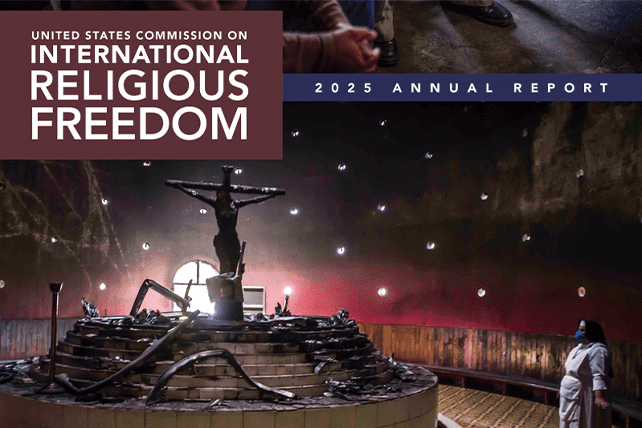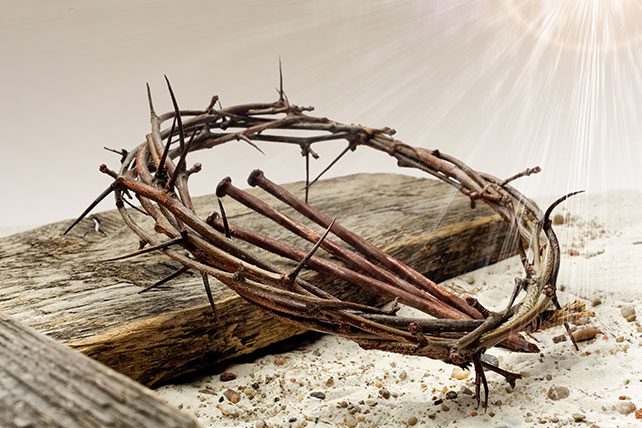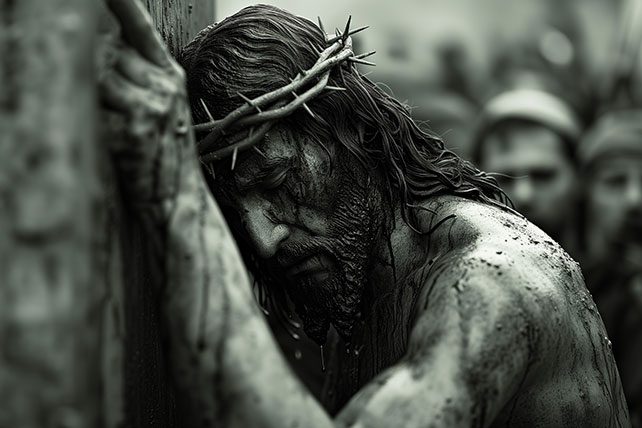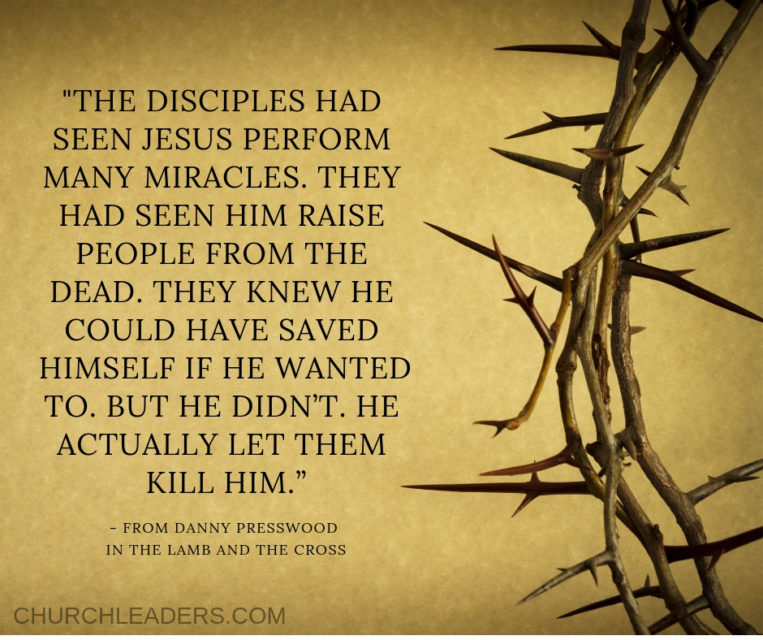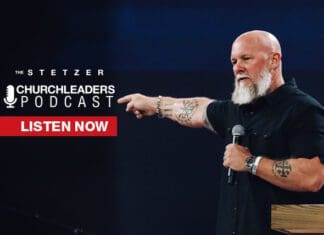A pastor in Duluth, Minnesota, has stepped down from his position at Revive City Church of Duluth following public outcry after it became widely known that he is a convicted sex offender. Ronald Allen, 59, was convicted of three counts of sexual misconduct for engaging in sexual acts with two 13-year-old girls from 2000-2001 while he was the youth pastor of a different church.
Allen and his wife, October, gave an interview to Fox 21 News that was published Thursday, March 20. In it, they defended Allen holding the role of a pastor, arguing that he committed his crimes over 20 years ago and that God has redeemed him.
“As a matter of fact,” Ronald Allen told Fox 21, “when I was coming into ministry, I even asked that question: Can I do this? Should I do this? You know, and there’s a number of pastors locally that said that God is a God of restoration.”
Editor’s note: This article refers to reports of child sex abuse, which some readers might find triggering and/or disturbing. Links in this article contain language some might find offensive.
Ronald Allen Steps Down as Pastor Following Tumultuous Week
Prior to stepping down from his position of church leadership, Allen was the pastor of Revive City Church of Duluth, which he and October founded in 2021. The couple, who each have been incarcerated in the past, have focused their ministry on helping people who struggle with addictions.
The church hosts a Celebrate Recovery group, and October runs the organization Grace Place, which provides housing and recovery support for people experiencing homelessness and dealing with addiction.
RELATED: Former Pastor at Church Founded by Jerry Falwell Sr. Convicted of Stalking Former Church Member
“Truth and transparency and authenticity are number one,” said October. “I think that’s what’s made Ron the people’s pastor.”
Court documents published by Fox 21 describe two victims, each 13 years old, who had sexual contact with Allen while he was 35 years old and serving as a youth pastor at Calvary Worship Center in Minnetonka. One girl was a babysitter for Allen’s family from 2000 to 2001, and the other girl was her friend. Allen was the youth pastor of the babysitter.
In January 2001, the babysitter’s friend reported that Allen touched her breasts and genital area for a period of about 45 minutes at Allen’s townhouse after the friends had finished watching Allen’s children. Allen admitted to these allegations in a non-custodial interview and “demonstrated knowledge” that the girl was 13.

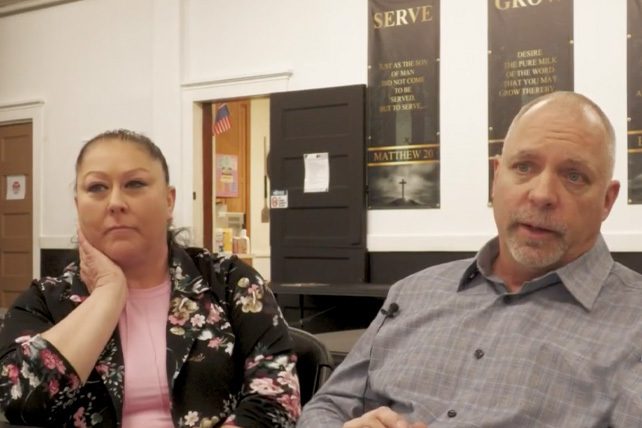


 What if conflict management could transform from something stressful into oh so simple? Honestly, it’s uncomfortable and exhausting to have unresolved issues in relationships. Plus, there are far more productive ways to spend your time rather than feeding the unwanted drama.
What if conflict management could transform from something stressful into oh so simple? Honestly, it’s uncomfortable and exhausting to have unresolved issues in relationships. Plus, there are far more productive ways to spend your time rather than feeding the unwanted drama.
















